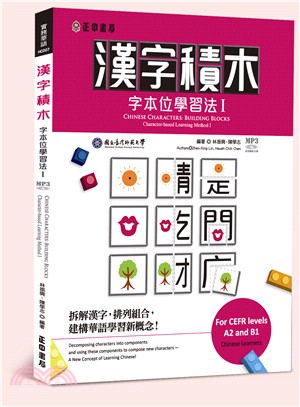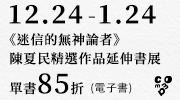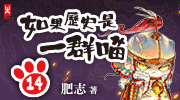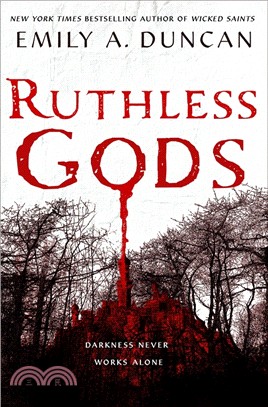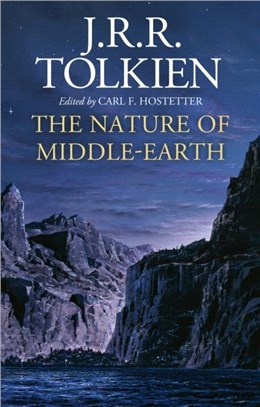漢字積木:字本位學習法I
商品資訊
系列名:實務華語
ISBN13:9789570919486
替代書名:Chinese Characters: Building Blocks Character-based Learning Method I
出版社:正中
作者:林振興; 陳學志
出版日:2015/07/17
裝訂/頁數:平裝/190頁
附件:CD*1
規格:26cm*19cm*1.4cm (高/寬/厚)
版次:1
商品簡介
.每課包含「部件字」、「課文」、「課文字」、「句型練習」、「漢字積木」、「有趣的漢字記憶術」、「漢字小知識」及「總複習」八大單元,深入解析漢字結構,克服學習難點。
.適用於A2到B1的華語學習者,幫助學生系統式集中識字。
本書特色
‧強調漢字為學習本位,以字系詞,以詞領句,提升華語學習力。
漢字與西方的拼音文字有所不同,是由圖像演變而來的文字,而漢字教學一直是華語教學上重要的課題。目前大多數的華語教材是以「詞本位教學法」編寫,採用「分散識字」模式,以詞彙為識字基本單位,因此學習基礎的漢字量需較長的時間。而「字本位教學法」強調「漢字」是華語的基本單位,透過「集中識字」模式,集中學習部件相同的詞彙,可強化華語學習者對漢字形音義的理解,以增進學習效率。
目前已出版的字本位教材,為了將所選取的漢字安排在課文中,往往無法兼顧教材的情境與趣味性。本教材為避免現有教材的缺失,在內容編寫方面強調情境與趣味融合,讓學習者更能體驗實際生活情境。
作者簡介
林振興 Zhen-Xing Lin
文化大學中國文學研究所博士
‧臺灣師範大學應用華語文學系副教授兼系主任
‧以CEFR為基礎之數位華語教材、評量系統建置及學習載具之研發:數位華語文題庫計畫主持人
陳學志 Hsueh-Chih Chen
臺灣大學心理學研究所博士
‧臺灣師範大學教育心理與輔導學特聘教授兼系主任
‧臺灣師範大學華語與科技研究中心主任
‧臺灣師範大學進修推廣學院院長
‧能力導向之全方位華語學習整合計畫共同主持人
‧華語文全字教學模式與數位學習系統之發展計畫主持人
‧漢語組字規則資料庫暨漢字偏誤資料庫之建置、擴充及運用計畫主持人
名人/編輯推薦
之一 《漢字積木—字本位學習法》係由本校林振興教授與陳學志教授兩位華語文教學教育及心理專家共同編撰。林振興教授為本校「應用華語文學系」的系主任;陳學志教授則是本校「華語文與科技研究中心」主任兼「教育心理與輔導學系」系主任。兩位的合作是為了解決華語文學習上漢字的辨認與書寫之難題。他們發展出綜合現行華語文字本位與詞本位教學的《漢字積木—字本位學習法》,以部件帶字做為選字原則,由此基礎開展:部件識字、以字構詞、以詞組句,最後成為課文篇章;而課文內容亦以學生溝通需求為主旨,套入各種生活情境之對話,且逐課依序安排語法觀念。翻閱《漢字積木—字本位學習法》,看著兼具學理及實用的教材,我們相信本教材必能提升華語文學習者的學習成效,並且大獲好評。
Chinese Characters: Building Blocks was jointly compiled by Professor of Chinese Language Teaching Zhen-Xing Lin and Professor of Educational Psychology Hsueh-Chih Chen. Professor Lin holds the post of Chairman to the Department of Applied Chinese Language and Culture, National Taiwan Normal University. Professor Chen holds the post of Director to the Center of Learning Technology for Chinese (CLTC), as well as Chairman to the Department of Educational Psychology and Counseling, National Taiwan Normal University. This joint work was compiled in order to assist Chinese language learners in character recognition and Chinese character writing. Chinese Characters: Building Blocks employs an integrated Chinese character learning approach, featuring both “character-based” and “word-based” material presentation. In this textbook, character components are used to introduce words, and according to this principle, it offers a basic knowledge on how to recognize characters by their components; how to use characters to compose words; how to use words to make a sentence; and in the end of every lesson provides a short text. The text is based on learners’ conversational needs, and covers all kinds of daily life topics, while also providing grammar point explanations. Since “Chinese Characters: Building Blocks” provides both theoretic explanations and practical exercises, we believe it will be well received among learners and prove itself very helpful in Chinese language study.
國立臺灣師範大學 校長 張國恩
國立臺灣師範大學 邁向頂尖大學計畫辦公室 執行長 宋曜廷
推薦序
之二 漢字構形自古就有分解,例如「休」字,兩千年前的《說文解字》分析為「从人依木」,人依靠著樹木是息止的意思。但是「止」字,《說文解字》說是「下基也,象艸木出有趾。故以止為足。」那就難懂了。時有古今,言有情境。現代文字教學不必拘泥於前賢的解說,以學習者接觸的事物來論述,才能言而有物。陳學志教授領導具有教育和科技涵養的同仁,共同撰寫了兩套漢語教材,一套是《我也繪漢字》,以字形分析,建立筆形聯想來輔助字形和字義記憶,同時從漢字擴展到詞語,讓漢字實用於語言學習。第二套是《漢字積木—字本位學習法》,從文字結構分析和詞語組合再擴展到完整句子的使用,以積木的手法教學生學好語言,破除了語言學習不應受漢字干擾的迷思。
The structure of Chinese characters has been studied and analyzed since ancient times, for example according to Chinese dictionary from two-thousand years ago Shuowen Jiezi ( "Explaining and Analyzing Characters"), the character “休” is described as “person (亻) leans on tree (木)”, thus explaining its “stop to rest” meaning. On the contrary, when Shuowen Jiezi explains the character “止”, it says “Base. Grasses and trees have roots. Ancestors used stop to mean foot.” Not so easy to understand, right? As times change, so does the language. Modern language education does not need to rigidly adhere to the teaching methods of the past generations, for it is only when new knowledge is referenced to the things that students come into contact in their life, that meaningful communication becomes possible. Bearing this in mind, Professor Chen Hsueh-Chih with his team of colleagues in education and technology fields, jointly wrote two Chinese language textbooks. The first one is called “Learning Chinese Characters with Drawings”, and is focused on character structure, using association method to assist students in memorizing character structure and meaning, at the same time expanding from characters to words, making character study a practical part of learning the Chinese language. The second book is called “Chinese Characters: Building Blocks”, and just like building a house with building blocks, it leads learners from characters to words, and from words to complete usable sentences, as a result, proving wrong the misconception that characters and vocabulary should be taught separately.
第二十三屆中央研究院院士
國立臺灣師範大學華語文教學研究所 講座教授 鄭錦全
目次
推薦序 Recommend
編輯理念 Introduction
本書使用說明 How to Use This Book
作者簡介 About the Authors
Lesson 1 這是我的家人 They Are My Family
Lesson 2 你想認識誰? Who Would You Like to Know?
Lesson 3 我記錯日期了 I Got the Date Wrong
Lesson 4 一起去吃飯吧! Let’s Eat out Together!
Lesson 5 去淡水旅行 Go on a Trip to Tamsui
Lesson 6 我住在森林旁邊 I Live by the Forest
Lesson 7 健仁的民宿 Jianren’s Guesthouse
Lesson 8 銀錶多少錢? How Much is That Silver Watch?
Lesson 9 茶花開得真美 What Beautiful Camellias
Lesson 10 院子前切西瓜Cutting a Watermelon in Front of the Courtyard
課文翻譯 Translation of text
全書解答Answer
附錄 Index
主題書展
更多書展今日66折
您曾經瀏覽過的商品
購物須知
為了保護您的權益,「三民網路書店」提供會員七日商品鑑賞期(收到商品為起始日)。
若要辦理退貨,請在商品鑑賞期內寄回,且商品必須是全新狀態與完整包裝(商品、附件、發票、隨貨贈品等)否則恕不接受退貨。



